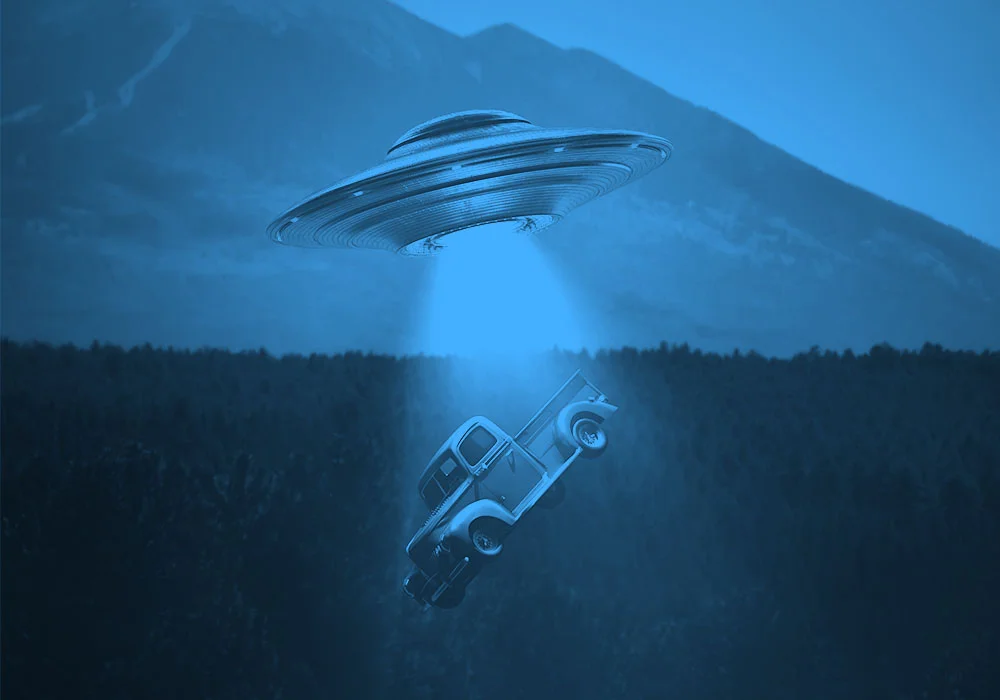
Science fiction (sci-fi) has taken us on incredible journeys through time and space, allowing us to explore the depths of our imagination and the limits of the universe.
The term science fiction was first used by William Wilson in 1851 in a book of poetry titled ‘A Little Earnest Book Upon a Great Old subject’. However, the term's modern usage is credited to Hugo Gernsback, who founded the first sci-fi magazine, ‘Amazing Stories’ in 1926. The American editor used this term to describe stories that combined scientific speculation with adventure and futuristic concepts. The term gained widespread use in the 1930s and 1940s and has since become a popular genre of literature and entertainment.
Generally, the beginning of the literary genre of sci-fi is traced to 19th Century England and the Industrial Revolution, a time when rapid technological change inspired and led to the popularisation of stories and narratives that were ideally set in the future and explored themes such as time travel and interplanetary voyages. These stories dealt with the limits of human knowledge and the unintended consequences of our technological prowess. However, literary scholars claim that the earliest literary work that could fit into the genre of sci-fi dates back to the second Century AD.
A True Story: The earliest surviving work of sci-fi
Written by a Syrian satirist Lucian, ‘A True Story’, (also known as ‘True History’) is a two-book parodic adventure story and a travelogue about outer space exploration, extraterrestrial lifeforms, and interplanetary warfare. It is just extraordinary to know that the author produced a story that so accurately incorporated multiple hallmarks of what we generally associate with modern sci-fi, centuries before the invention of instruments such as the telescope.
Lucian was from Samosata (present-day Turkey), and his first language is believed to be Aramaic but he wrote in Greek. He might not be a household name today but literary scholars call him one of antiquity's most brilliant satirists and inventive wits. He is famous throughout European history for producing his absurd yet fantastical works and for his overt dispelling of the ridiculous and ill-logical social conventions and superstitions of his time. His works have been an inspiration for literary classics such as Jonathan Swift's ‘Gulliver's Travels’ and Thomas ‘More's Utopia’.
The basic classification of sci-fi
Sci-fi can be broadly classified into two categories: soft sci-fi and hard sci-fi.
Soft sci-fi, also known as social sci-fi, emphasises the social and humanistic aspects of science and technology, often exploring the effects of scientific advances on society and individuals. Examples of soft sci-fi include Margaret Atwood's The Handmaid's Tale which explores the social and political consequences of a future where women's rights have been severely restricted. Hard sci-fi, also known as scientific or realistic sci-fi, places a greater emphasis on scientific accuracy and realism, often using established scientific principles and theories to explore the possibilities of the future. An example of this is Andy Weir’s ‘The Martian’, which narrates the story of an astronaut stranded on Mars and his efforts to survive by using his scientific knowledge and problem-solving skills.
Picture Credit : Google




